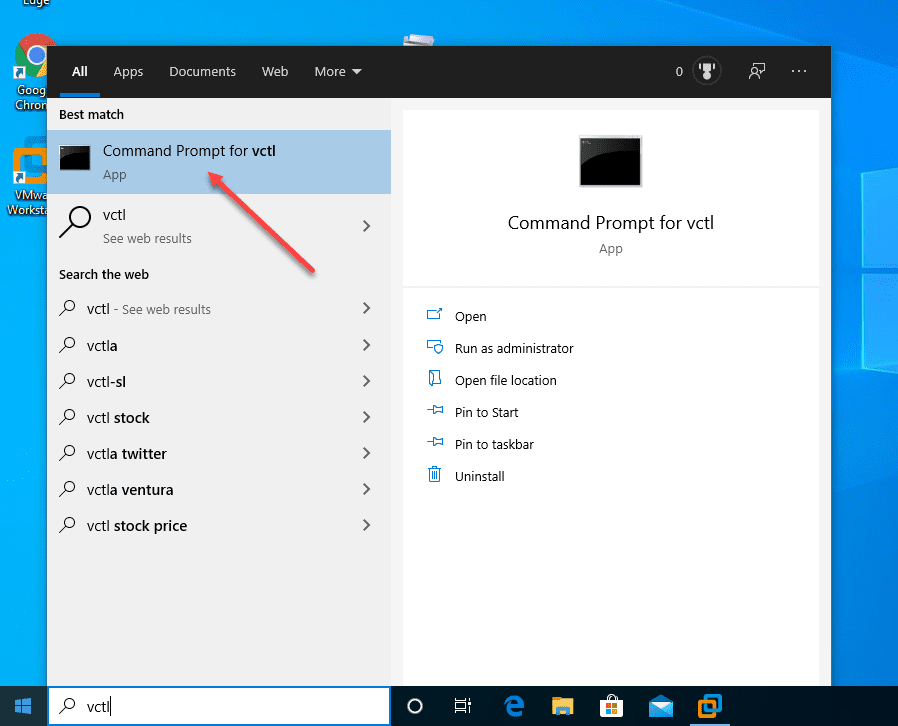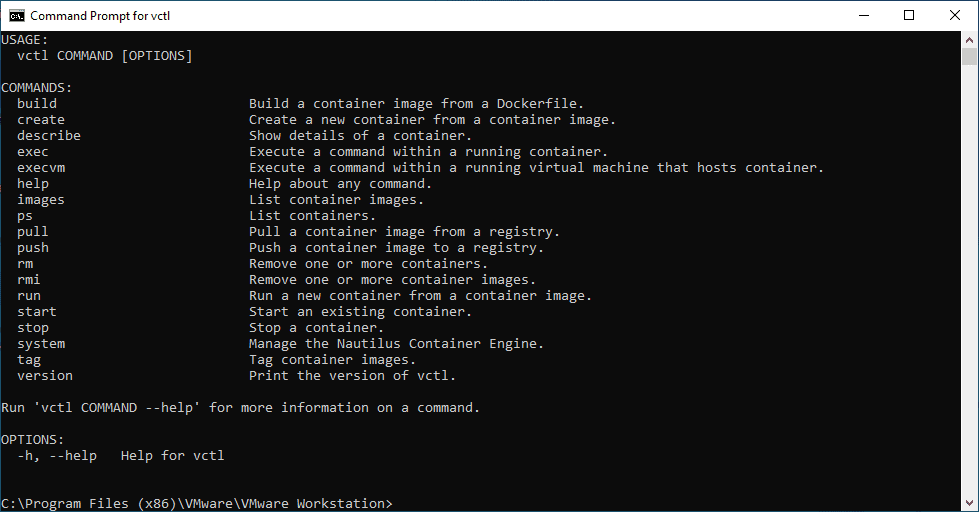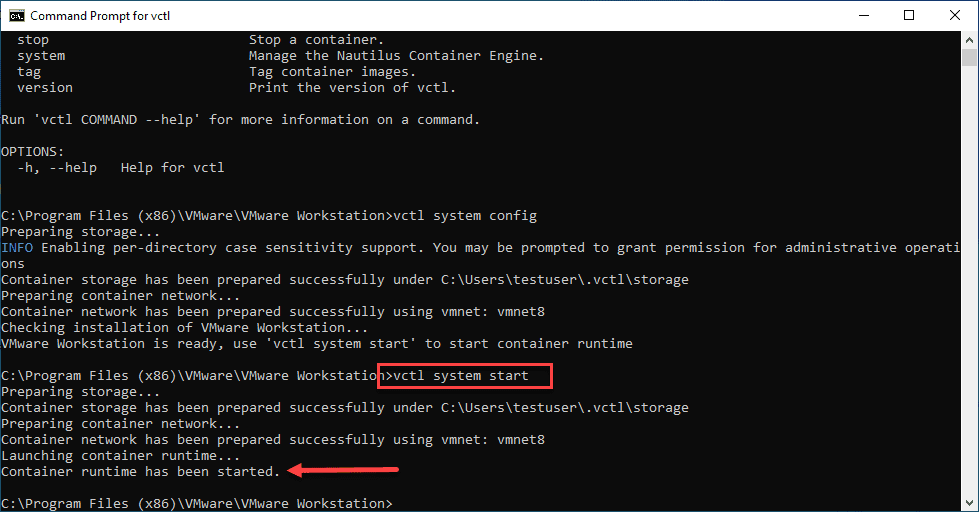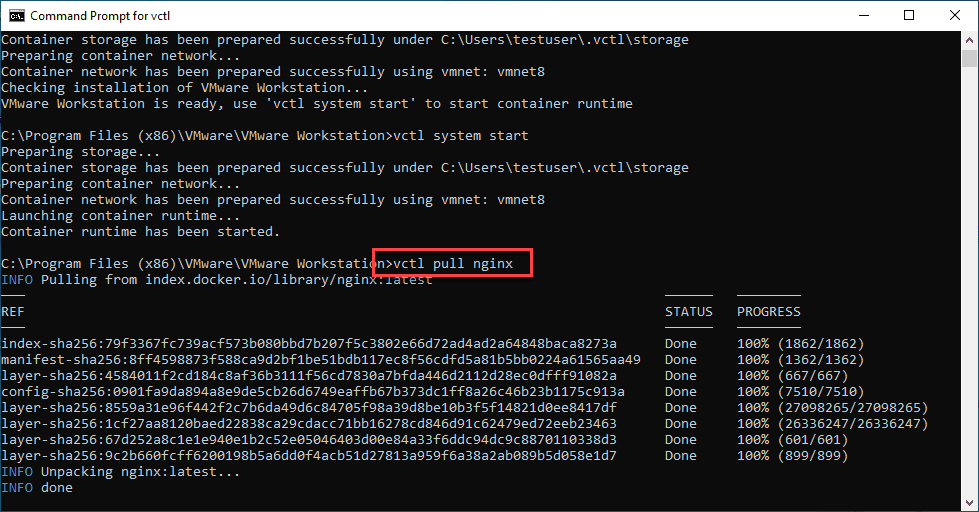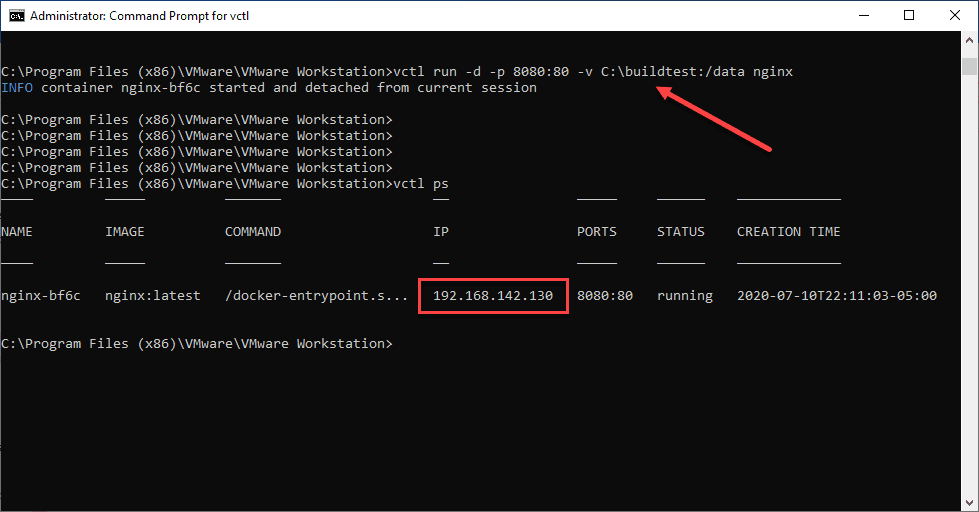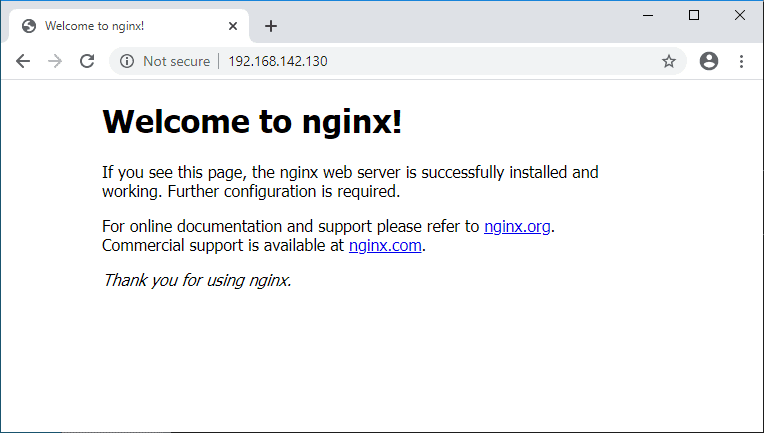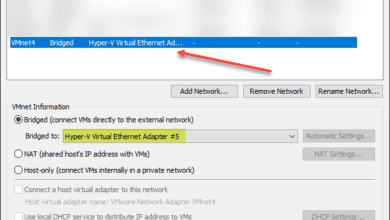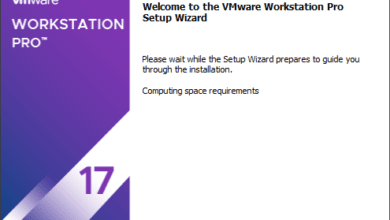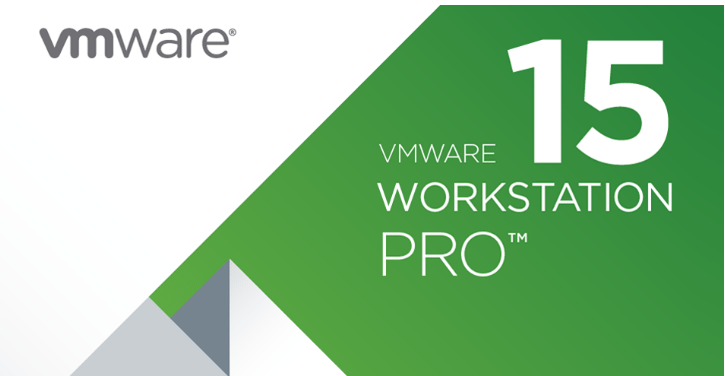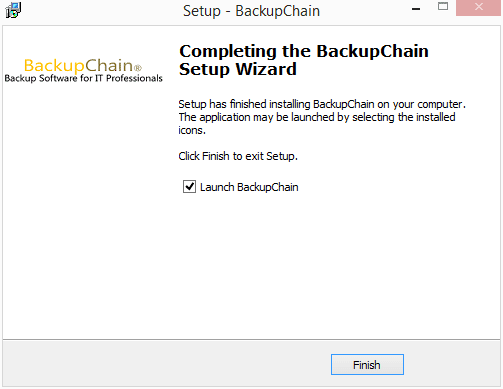VMware Workstation 20H2 Tech Preview VCTL Containers
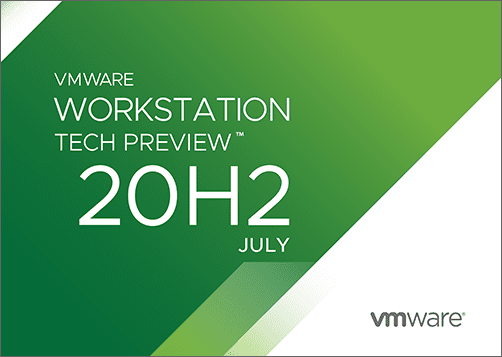
Just a day ago, VMware posted news that a new Tech Preview had been released – Workstation 20H2. This release contains major new features and improvements. The biggest new feature with this Tech Preview is containers. That’s right, with this release of VMware Workstation, you can take a look at containers with a new container CLI. VMware had already added a new tool to VMware Fusion called vctl that provides a command line interface to the VMware container platform. It allows users to do things such as build, run, push, pull container images without needing another container runtime installed. This new command line tool is now available to Windows users as of the VMware Workstation 20H2 Tech Preview. Let’s take a look at VMware Workstation 20H2 Tech Preview VCTL containers feature as well as other new features in Workstation 20H2.
VMware Workstation 20H2 Tech Preview Overview of features
The big addition here for Windows is the VCTL command line tool. However, before we take a look at that, what other capabilities are found in the 20H2 release?
- Monster VM support – includes new increase VM maximums to 32 vCPUs, 128 GB memory, and 8 GB of vRAM per virtual machine
- USB 3.1 controllers support
- Vulkan graphics renderer for Workstation for Linux
Running Containers with the VCTL Command Line Utility
Before testing out the new Workstation 20H2 Tech Preview, you need to make sure you uninstall any other versions of VMware Workstation you have running, including other previous tech previews.
- Direct Download Windows
- Direct Download Linux
- Download Group Page
- Beta Community Forum
- Tech Preview Getting Started Guide
After installing the new Workstation 20H2 Tech Preview, search for the vctl command line tool in Windows. Launch the command line tool.
You will automatically see the command line options available with the vctl tool.
You can run the following two commands to get started:
- vctl system config – to configure the memory, CPU an other parameters
- vctl system start – to start up the container runtime
Below, I am pulling the Nginx container image. To do this just type the command:
- vctl pull nginx
You will see the image downloaded with the progress indicator noting when the image is successfully saved to disk.
After you download the Nginx container image, you can simply run a new container from the container image using the command:
- vctl run -d -p 8080:80 -v C:builtest:/data nginx
The “C:buildtest” is the local storage mount. Also, once this command is ran, you can view the status and IP address of your newly running container using the command:
- vctl ps
You will note the IP displayed as well as the image, command, ports, status, and creation time.
Let’s run a quick test to see if we can browse to the Nginx web server. Sure enough, we can hit the IP address listed in the “vctl ps” output and get the Nginx splash page. Cool stuff.
Thoughts
The new vctl containers feature built into this latest Workstation 20H2 Tech Preview is a great new addition to the VMware Workstation feature set. While this is only a “tech preview”, it still highlights what is in store with the future releases of VMware Workstation GA releases.
Having the native container runtime and toolset built into Workstation makes running containers extremely easy for testing, POC’ing and many other great use cases including just playing around with containers/learning, etc.
After installing Workstation 20H2, you can have your first container up and running within minutes and hitting the web page that is made possible by the newly running container in no time as you can see above.


